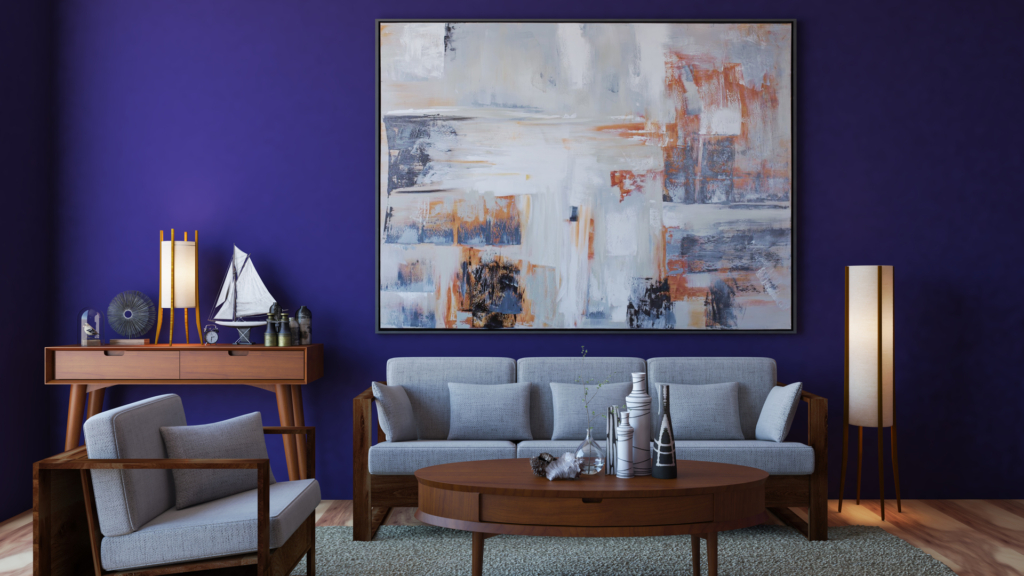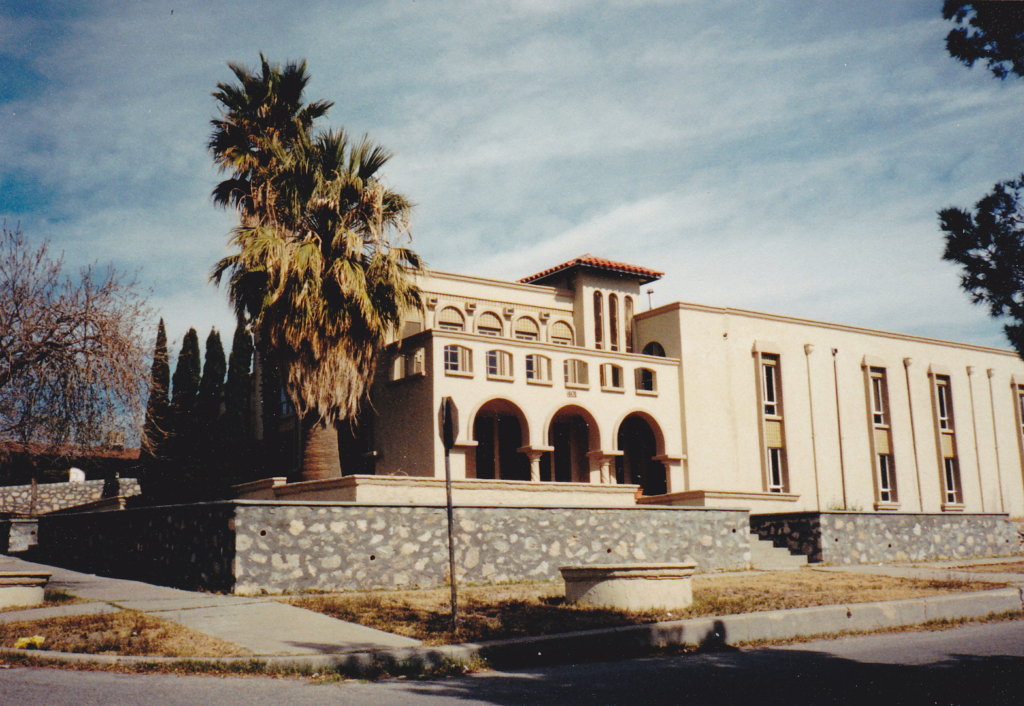Architecture and neuroscience are two completely different disciplines you don’t usually find used in the same topic. That being said, it’s hard to argue with the idea t hat the human brain, or specifically the part that controls emotion, is somehow affected and constantly adapting to the living environment. For example, a well-built house design with an emphasis on nature, greenery, and natural lighting can help induce the sensations of calmness and tranquility in the occupants. Such an approach is often observed in medical facility design in the hope of encouraging inpatients to have a general peace of mind during treatment and recovery.
Unfortunately, the opposite is also true. While you can’t exactly define the character of a building, or whether it has any at all, some architectural designs can be harmful in the sense that it increases stress level and encourages some sort of self-isolation. When a design is crafted without any intention to invoke positive emotions, both the occupants and the passerby have little incentive to relate to their built environment in any way, let alone care for it. And this is where emotion design should come to the rescue.
Image may be NSFW.
Clik here to view. Table of contents
Table of contents
Clik here to view.

RELATED: 3D architectural rendering: How your company shapes mood, weather, and season
Emotional Architecture
The notion of emotional design revolves around the idea that a design can bring positive emotions to people and result in a much better user experience. And this principle also applies to all sorts of designs, from tiny jewelries to gargantuan jumbo jets; but that’s a discussion for another time. We’re here to discuss emotional design as it relates to architectural studies and architectural design services, more precisely about how it affects or enhances mood.
You probably think that “emotional architecture” is a relatively new concept that has recently emerged somewhere along the line of sustainable and environment-friendly design discussions that keep popping-up everywhere you look these days. The term “emotional architecture” itself actually dates back to 1959 as the brainchild of Mexican sculptor/painter Mathias Goeritz and architect/engineer Luis Barragán. One of the main ideas behind their vision was to come up with spiritually uplifting buildings. They figured that with the right combination of light, shadows, and colors, a building might just encourage people or visitors to reflect and meditate. That vision turns out today as prophetic.
Keep in mind that 1959 was way before today’s digital era where people seem to simply lock on to their screens everywhere. Whether you’re at home, at work, on a train, or in the streets, it’s difficult not to see how everyone couldn’t care less about their surroundings. Laptops and smartphones are great and all, but sometimes technology makes the users oblivious to their own nature as social creatures who need to appreciate, if not cherish, the neighborhood and everything else in it. To an extent, it’s also a strong criticism towards contemporary architectural style.
Architects and engineers put a lot of science into their craft, but the glaring omission of emotional approach makes modern buildings somewhat boring; they’re mostly rectangular, flat, shiny, and monotonous. The lack of liveliness in the designs makes them dull and characterless. Only a handful of them, especially in big cities, offer a view of nature. Most buildings have glass windows indeed, but the only things you can see through them are just other buildings, and such a thing doesn’t exactly encourage real, meaningful interactions. With an emotional design approach, architects are expected to create buildings that infuse intimate relationships between the occupants and their immediate vicinity.
Refreshing change to architectural services
The newly rejuvenated spirit of emotional design will, without a shred of a doubt, affect how 3D modeling & architectural services firms do their work. It’s technically still the same-old practice of using CAD software to design a building; however, the end goal is not just to create a new building for the sake of architectural exercise but to reintroduce emotional connection between the people and the infrastructure.
It’s projected that seven out of 10 people will live in a city by 2050. We’re only a few decades away from that, and yet the architectural industry at large still refuses to stop creating characterless spaces believed to evoke emotional indifference in people. Whether you’re in downtown Paris, Tokyo, Hong Kong, Toronto, or basically any major city across the world, you can’t help but notice how the urban designs seem to be devoid of human touch. Social isolation is growing, and the people appear as if they’re overwhelmed – rather than pleased – by their surroundings.
Every skyscraper, residential area, neighborhood, and commercial establishment does bear their own names above the front doors, although this doesn’t take away the impression of the city being flooded with monotonous buildings. According to designer Thomas Lutherwick (whose projects include the Lantern House in New York City, the Paternoster Vents in London, and the Pacific Place in Hong Kong), monotonous buildings have created some kind of epidemic of boringness.
RELATED: Architectural visualization services: a complete comprehensive guide to mood and atmosphere
You can argue that functionality could be a major driving force behind the design decision; tall and square buildings are everywhere, because they work well to provide shelter and optimize the otherwise limited land area. They offer great space for business activities and provide good privacy for the occupants. At the same time, they’re terrible if you want them to be parts of active urban life, and even worse at provoking emotional responses from passersby. In other words, cities with monotonous buildings are bad examples of emotional design.
Clik here to view.

But changes are coming.
Emotional architecture aims to mean something to occupants and visitors. It’s supposed to yearn to connect with people and intend to make it easy for them to do so. The main objective is for the building to encourage social interactions among people, infuse mutual integration between the city and the environment, promote a strong sense of identity, and eventually make positive contributions to the quality of life and mental well-being of the occupants.
It won’t take much longer until major cities start realizing the value of emotional design. Architectural services will be presented with the exciting development of diverse designs that deliver a mixture of good functionality and aesthetic quality to bring about social cohesion. Focusing solely on functionality is not exactly bad, but the boredom that comes out of the approach isn’t going to be competitive in the near future. Forward-thinking developers, business owners, CEOs, lawmakers, architects, engineers, and designers are rapidly embracing architectural designs that may engage, inspire, and entice people.
Also, there are already advanced tools for it. All the reputable architectural services firms worth their cents no longer rely “only” on 3D CAD software to model their designs, run simulations to check the structural integrity of a construction, and manage items BOM. Over the last few years, big design firms have been making the switch from CAD-only approach to BIM or Building Information Modeling services. Among the most welcome features of BIM software include the ability to generate environmental data as it relates to the materials, green energy feasibility, natural lighting, and more.
Now, this might not look like much at first glance, until you realize that architecture never happens without the context of culture. Every work of architecture is a reflection of culture, and that’s why you see how different societies have produced distinctive architectural styles. Another thing you should know is that big parts of those distinctive styles are the selection of materials and fabrication methods.
Take the Gothic architecture as an example; the masonry style, the massive stained-glass windows, the exposed steel beams, and the extensive use of natural stones weren’t there simply because they just happened to be around. Gothic architectures used those materials because they represented the tradition and spirituality of the people during the time period of 12th – 16th century Europe. Back then, architects and designers wanted their buildings to be celebrated by the people. It’s an example of how an architectural design worked wonders to bring everyone together.
On a smaller scale, have you seen a Japanese tea house? Every single piece of the architectural elements of a Japanese tea house emphasizes connection to nature, simplicity, subtle complexity, and harmony between the people and the environment. Again, the house is meant to reflect the cultural values of the people.
RELATED: How 3D rendering enhances great architectural design presentations for companies
With ingenuity and a little bit of help from BIM software, an architectural design can boast a strong identity – instead of anonymity as often seen in modern yet monotonous city’s skyscrapers – by selecting the right materials that reflect the location’s socio-cultural nuance, the landscape, the site’s specific conditions, and the general characters of the area. Let’s not forget that creating connections with nature, or sustainability if you’d like, is one of the things that BIM does best. It can help you choose from a range of renewable materials, simulate how natural lights can save power consumption, and showcase the potential for solar panel installation, and so on.
Of course, BIM can only do what it is programmed to do. The bigger part of the equation is how willing architectural services firms are to walk the path of emotional design. Since provoking positive emotions is the eventual objective, there are some effective ways to achieve it. Selecting locally-sourced materials can help strengthen the building’s cultural identity and using tradition-approved fabrication methods will give it a proper place in a social context. Architects and designers also have to take into account local knowledge and adapt to the site-specific circumstances. Finally, a proper selection of textures and colors that represent the local values can add cultural richness and engage the visual sense, and by extension emotion, in a positive fashion.
Emotional design with Cad Crowd professionals
It’s bewildering to think that people walk down the city street and not feel moved at all by all the imposing buildings in their sight. Emotional design brings hope that the architectural industry may once again bring liveliness and a positive vibe to urban settings. Buildings are not just places where people take care of their business and rest, but monuments to be celebrated and safe shelters where we can gather to engage in colorful social life. Here at Cad Crowd, you can find hundreds of experienced design consultants, architects, engineers, and BIM professionals to materialize your ideas for emotional design.
Contact Cad Crowd any of the day week for your free quote.
The post How Emotional Design in Architecture Enhances Mood for 3D Modeling & Architectural Services Firms first appeared on Cad Crowd.